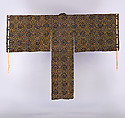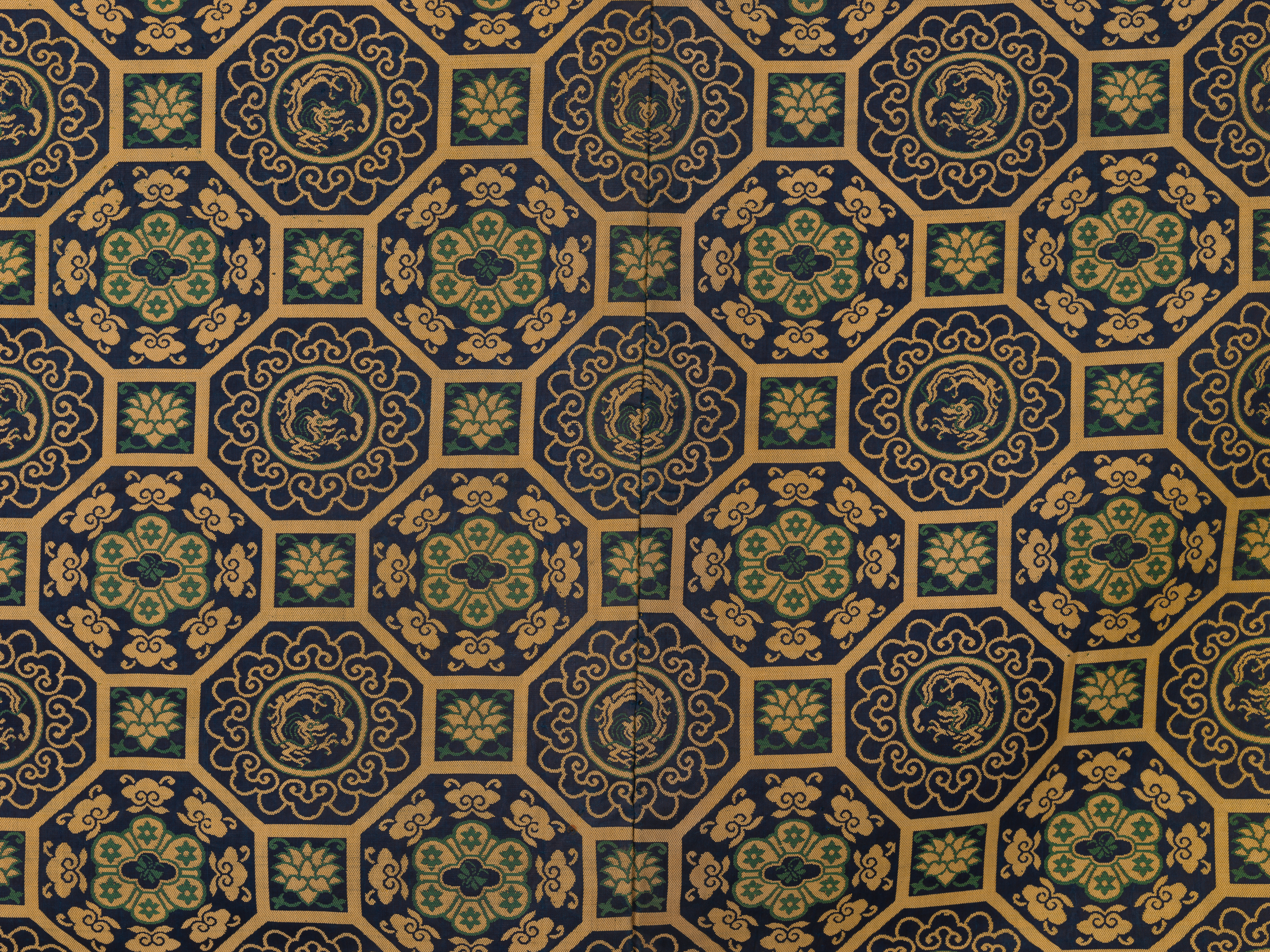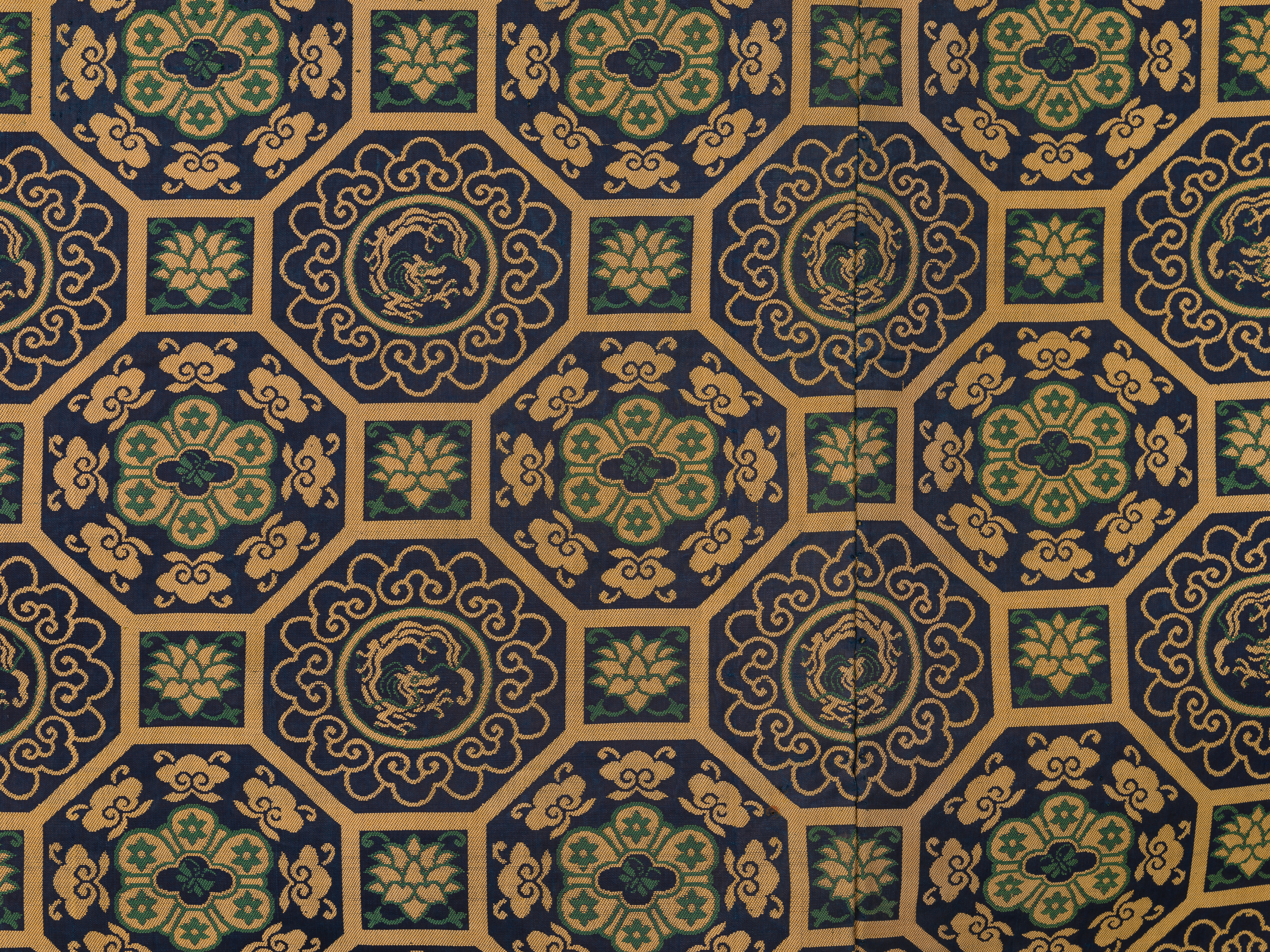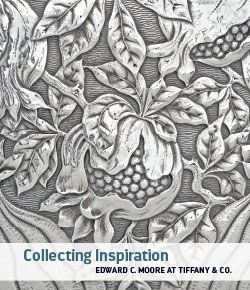Noh Costume (Kariginu)
This costume is a kariginu, a broad-sleeved outer garment typically worn for the role of an elderly man of high status or divine nature. Kariginu (or “hunting silk”) originally referred to a long, loose informal jacket worn by aristocratic men in the Heian period (794–1185). In the Edo period, it was adapted for the Noh theater. The distinctive pattern seen here—linked octagons and squares (shokkō) with stylized flowers and dragons—is traditionally associated with the title role in Okina (Old Man). In this ancient rite, often performed to open a Noh program upon the New Year, the actors portray divine figures who dance for peace, prosperity, and safety across the land.
Due to rights restrictions, this image cannot be enlarged, viewed at full screen, or downloaded.
This artwork is meant to be viewed from right to left. Scroll left to view more.








